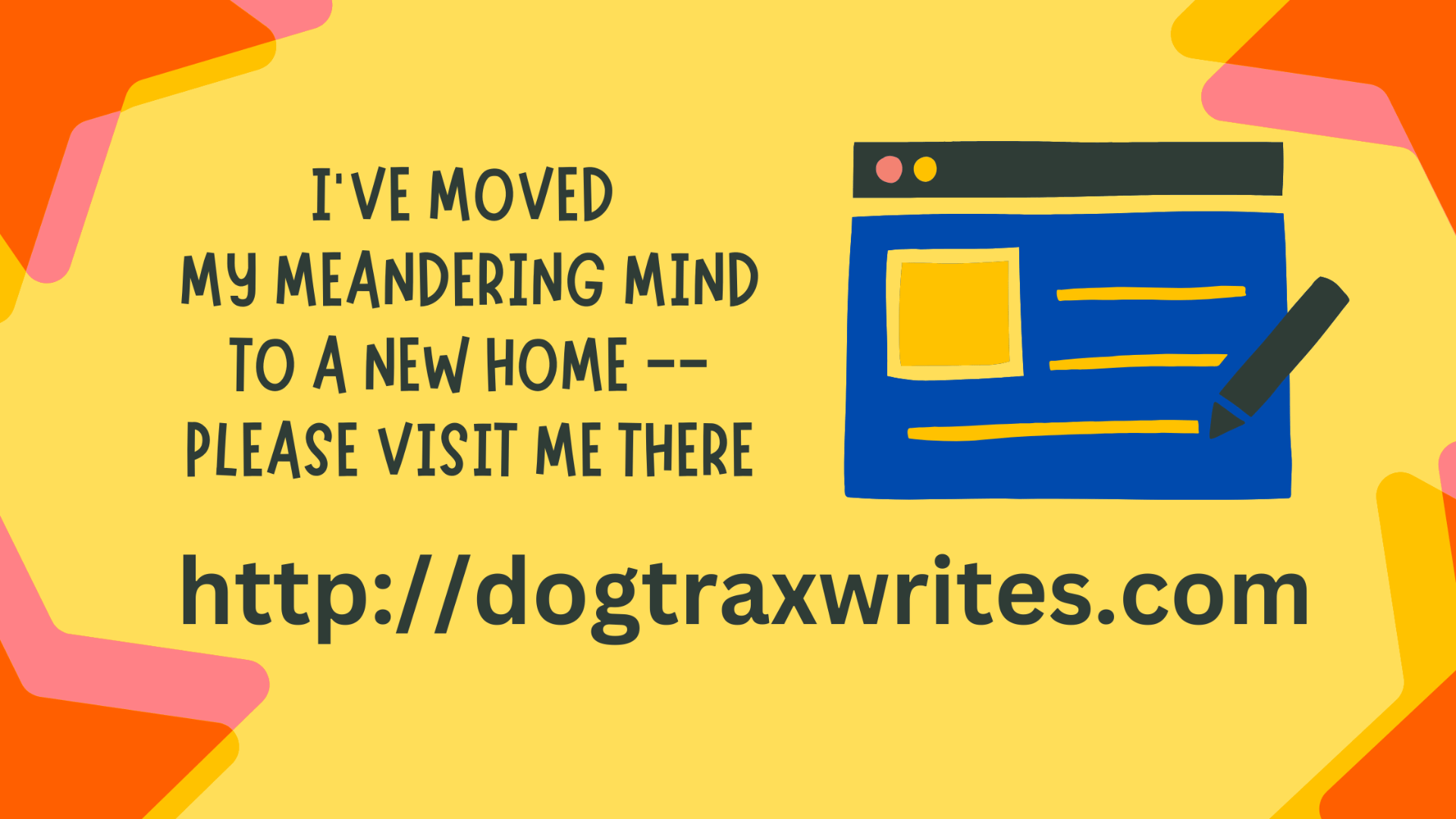Dear friends:
 I have loved blogging with Edublogs since the first post as a blogger but after mulling over the idea of a move to my own domain space for a few years, I finally took the plunge and set up shop at my new home.
I have loved blogging with Edublogs since the first post as a blogger but after mulling over the idea of a move to my own domain space for a few years, I finally took the plunge and set up shop at my new home.
I hope you can join me there. Thanks for connecting with me.
If you use RSS, here is the feed link: https://dogtraxwrites.com/feed
Peace (and appreciation),
Kevin